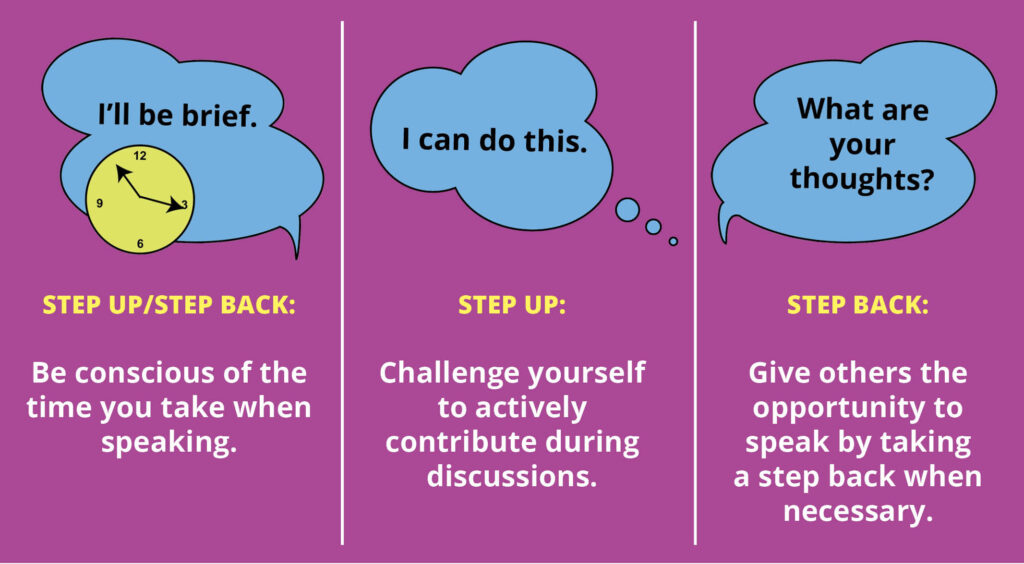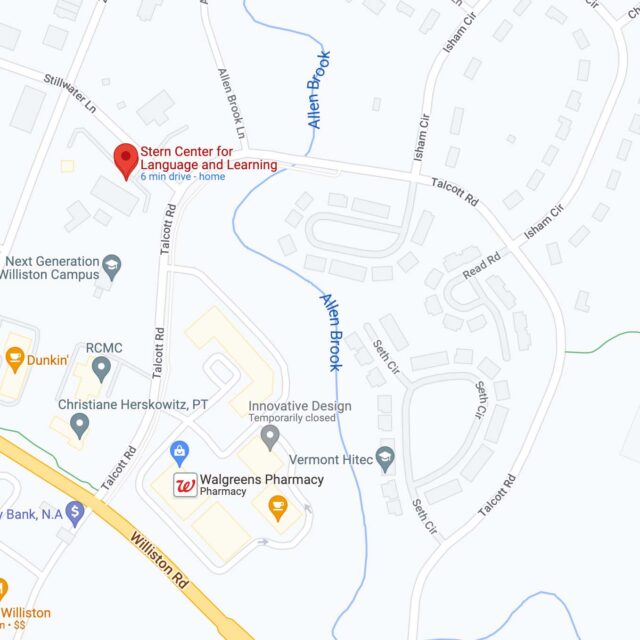
By Leigh Buettler, M.S.Ed., Director of Professional Learning
Professional Learning Communities. Communities of Practice. Learning Collectives. No matter the term or the acronym, you are most likely familiar with the practice of learning alongside a group of colleagues. You may even be currently part of such a group.
Learning together is one of the most powerful ways in which we learn. When we engage in collective inquiry, we often push ourselves in ways that we would not if we chose independent learning. In communal learning experiences, there are times when we might feel supported and heard, and times when we might feel uncomfortable or vulnerable. There are times when the experience is rewarding, frustrating, challenging, and even joyful. The beauty of this type of learning is that we get to do it and process it in community.
My love for collaborative learning started in 2004, when I first participated in what was then known as the Women’s Studies Teaching Collective at the State University of New York at Albany. Founded in 1977, it remains the longest-running peer-teaching program in the United States. As an undergraduate student, I had the pleasure of facilitating an Introduction to Feminisms course in the Collective; as a graduate student, I served four times as an Instructor of Record, where I mentored undergraduates facilitating intro courses; and eventually went on to teach the graduate level course for the Instructors of Record. This experience was transformational. I had always been someone who enjoyed being and learning alone, but teaching in the Collective was a brand-new experience. I suddenly was a part of a group that had the same goals, visions, and desires. We were united around a shared purpose and came together to debrief classes, techniques, tips, and strategies. We worked together on lesson plans, sourcing materials, and sharing the ways in which we failed and succeeded.
In our day-to-day lives in education, we may be lucky enough to have these types of opportunities. But we may not. We may not have enough colleagues to form a community around a certain topic or type of practice. Or the groups we are a part of might not yet have systems and structures that enhance our learning. This is exactly why our Structured Literacy Collaboratives were developed.
I wanted to ensure that educators from around the country could come together and learn by participating in interactive workshops and coaching sessions. These year-long opportunities ensure learning in community and center discussion, shared problem-solving, and connecting with other educators driven by similar interests. In a profession where so much falls to individuals, this type of virtual community is a truly unique opportunity.
We have two different collaborative experiences available for the 2024-2025 school year: our Fundamentals of Structured Literacy Collaborative, where you can build your knowledge of the basics of structured literacy and the Science of Reading in community with other like-minded educators, and our Beyond the Fundamentals Structured Literacy Collaborative, where you can dig deeper into language comprehension and reading comprehension.
I can safely say that if it were not for my experience with collective learning, I would most likely not be writing this newsletter, as I would probably never have entered the world of education. If you are feeling in need of a teaching community, I urge you to consider joining one of our upcoming collaborative experiences.
In the meantime, I’d like to revisit a powerful tool that I first acquired in the Women’s Studies Teaching Collective. It’s one that you can use in your meetings and collaborative groups: step up and step back. This is the concept of monitoring our contributions to the group and checking in with ourselves when we’re in conversation with others. Have we been quiet and withdrawn? If so, we can encourage ourselves to metaphorically step up and share a thought. Have we been talkative and perhaps one of the most heard voices? If so, we can try to metaphorically take a step back and leave room for others to speak. CLICK HERE for a printable version that you can add to any notebook, wall, bulletin board, or meeting norms. Try it and let me know how it goes. And remember: we’re in this together.
Leigh Buettler, Director of Professional Learning
